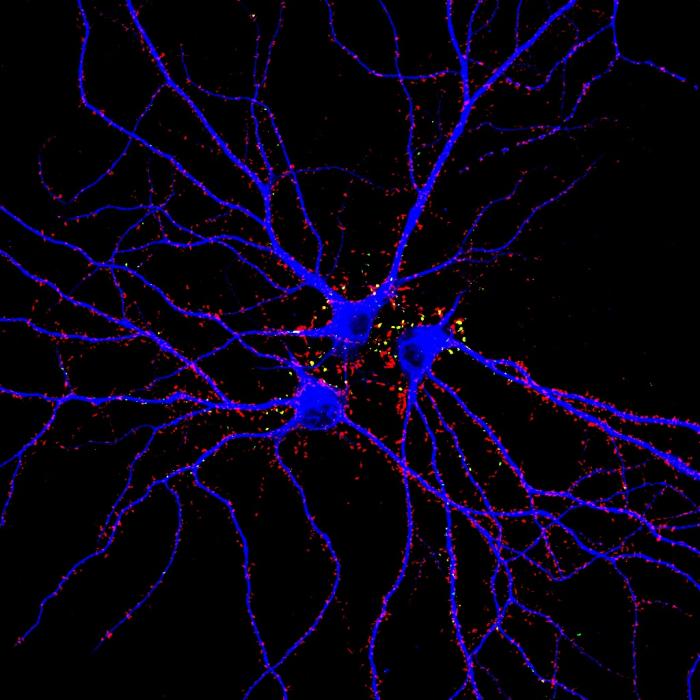Research
Our research aims to unravel the basic biological mechanisms of neurobiology and brain disease and to pursue these novel findings to solve major medical problems. This work is defined by five forefront, multidisciplinary research lines, on which our different labs collaborate and interact:

Neuronal and neurodegenerative disease
Neuronal and neurodegenerative disorders are extremely debilitating conditions, affecting millions of people worldwide. For most of these diseases, there are no cures and only symptomatic treatments exist. We are working hard to understand the mechanistic basis of these diseases with the ultimate hope to find cures.
We have uncovered exciting new avenues in the context of Alzheimer’s disease, Parkinson’s disease, ALS, and dystonia, and together with the translational team of VIB, they are pursuing these targets further. The brain poses specific challenges for drug delivery as it is shielded by a blood-brain barrier and our researchers are also developing innovative tools to ensure the drugs we develop can effectively reach their target.

Brain development and repair
Developmental processes define neuronal and glial subtypes, but how neuronal number and brain size are controlled is not known.
Our researchers are looking for human-specific processes as well as how the brain is shaped, from the fundamentals of cell-type specific developmental processes to delineating the code of neuronal wiring and the formation of synapses. We exploit this knowledge to try and repair what is lost in neuronal disease and manipulate the developmental processes or work towards the transplantation of brain cells.

Synapses, connections and behavior
The computational processes of the brain that direct behavior are only possible because of trillions of synaptic connections between billions of neurons and the connections of the brain to the outside world. We try to elucidate how these connections are established and what is the underlying code of synaptic specificity, stability, plasticity and function.
The questions we tackle are how glial support plays a crucial role, how the sensory input regulates behavioral output, what the role of sleep is at the level of cells and synapses and how defects in the synaptic code that causes the brain to short circuit and result in disease, can be corrected. We also exploit our knowledge of brain wiring to create induced human neuronal circuits in a dish, allowing us to study how neuronal computation is affected in human (neurodegenerative) disease.

Toxic protein assemblies
The biophysical properties of some proteins allow them to sometimes separate in droplets in the cytoplasm (phase separation) or even aggregate in an insoluble mass. These features are very relevant because pathological studies in human patients show protein aggregates in the vast majority of those suffering from neurodegenerative diseases.
We study how these protein assemblies can form, what are the functional consequences of their presence and what are the therapeutic challenges. Some are flipping things around and are exploiting the fact that many proteins in nature have the intrinsic propensity to aggregate: they developed the technology to induce protein aggregation in ‘unwanted cells’ (eg antibiotic resistant bacteria or cancer cells) to induce their death.
The brain at single-cell resolution
The brain is the most complex organ in our body. We are still to uncover all the different cell types (neuronal and glial subtypes) that exist in the brain and how these cells are changing as we age or when we undertake specific actions (eg sleep, learning, etc). Researchers in our center produced the first complete map of all the cells that reside in a living fruit fly brain, and mapped the changes that occur during ageing, while others have defined the types of glial support cells (astrocytes) at unprecedented resolution.
We are now pursuing questions that will address what are the cellular changes that occur during disease, ageing and behavior. We are also working on the next generation of technology to measure cellular function at much higher resolution and to maintain spatial information of the location of the cells in the brain.














